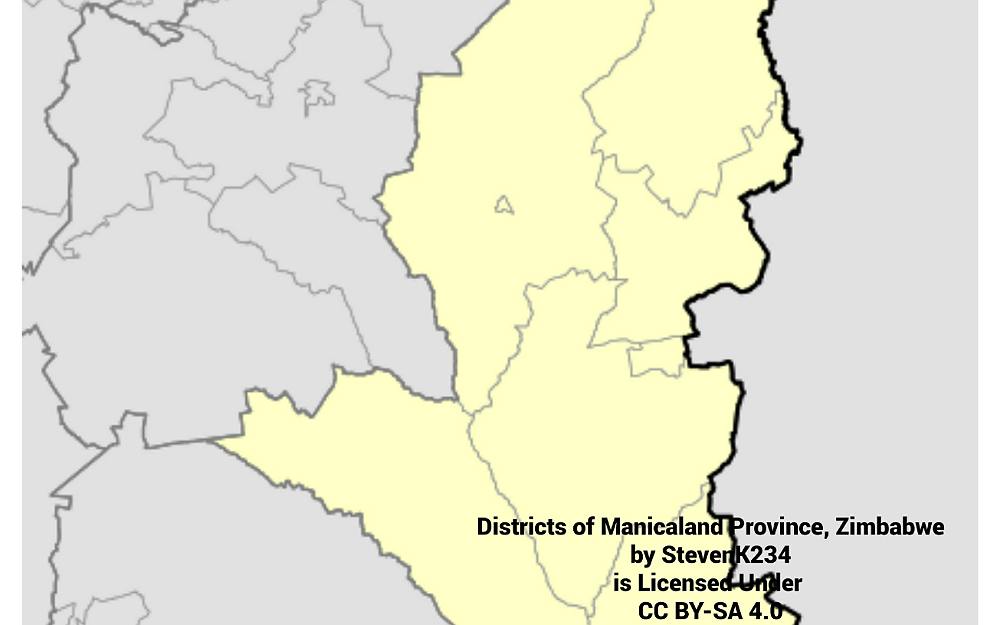
The World Food Program says it needs $103 million to meet urgent food assistance needs in Zimbabwe, where more than half the population is food insecure due to recurring droughts and an ailing economy.
Zimbabwe’s Mudzi district, on the border with Mozambique, is one of the areas most affected by severe food shortages.
Seventy-five-year-old farmer Justina Marimbindi says years of recurring drought decimated her crops and she now depends on monthly handouts of cow peas, cooking oil and corn meal.
She said. “My granary is now empty,” and pointing to her field with stunted crop. We farm but it does not bear fruits. I sold my goats. There is no hope that there is anything that will come out of the fields. We now depend on these handouts,” she said pointing to her handouts from U.N.’s WFP.”
But not every Zimbabwean who needs food aid is getting it.
Ninety-four year-old Rudiya Kuhwenya was turned away at the local distribution center.
“I was told that my name is not on the list. Maybe they will give me next time. “For now, I have to depend on my daughter,” she said seated next to her 67-year-old daughter Edith Mutusva. “That’s why I have come to her home after I was not given anything. But she needs food assistance too as her crops failed and she needs to feed her children.”
An ongoing wave of rains in the area is bringing some hope. But Robert Mzezewa, the Mudzi district coordinator, says that maybe a little too late in a country where the World Food Program says about 7.7 million people will require aid until the next harvest, expected between April and July.
“The situation can be as bad because a lot of people who planted during the first rains, their crops have not fared well. And they were burnt by the sun. That will also cause the food security situation [to be] bad,” he said.
For years food insecurity situation was mainly for rural folks. But this time WFP Assistant Executive Director Valerie Guarnieri says it’s affecting both urban and rural dwellers.
“Difficult for rural populations, who are struggling with lack of rain to grow enough food to meet their needs, and difficult for urban populations who are finding it difficult to get the piecemeal work that they normally rely on to meet their needs and are seeing rising prices and sometimes stock shortfalls. So, we are scaling up our programs but in order to sustain urgent food assistance and resilience programs we need an additional $103 million for the next six months,” said Guarnieri.
But even if food supplies can recover, Zimbabwe’s struggling economy and sky-high inflation will continue to squeeze the country’s most vulnerable~VOA
Escaping from Scam Center on Cambodia’s Bokor Mountain
UN Security Council Meets to Discuss Children and Armed Conflict
10 Shocking Revelations from Bangladesh Commission’s Report About Ex-PM Hasina-Linked Forced Disappearances
Migration Dynamics Shifting Due to New US Administration New Regional Laws
UN Security Council Meets to Discuss the Maintenance of International Peace and Security and Artificial Intelligence
Winter Brings New Challenges for Residents living in Ukraine’s Donetsk Region
Permanent Representative of Israel Briefs Press at UN Headquarters
Hospitals Overwhelmed in Vanuatu as Death and Damage Toll Mounts from Quake
Subscribe Our You Tube Channel
Fighting Fake News
Fighting Lies















